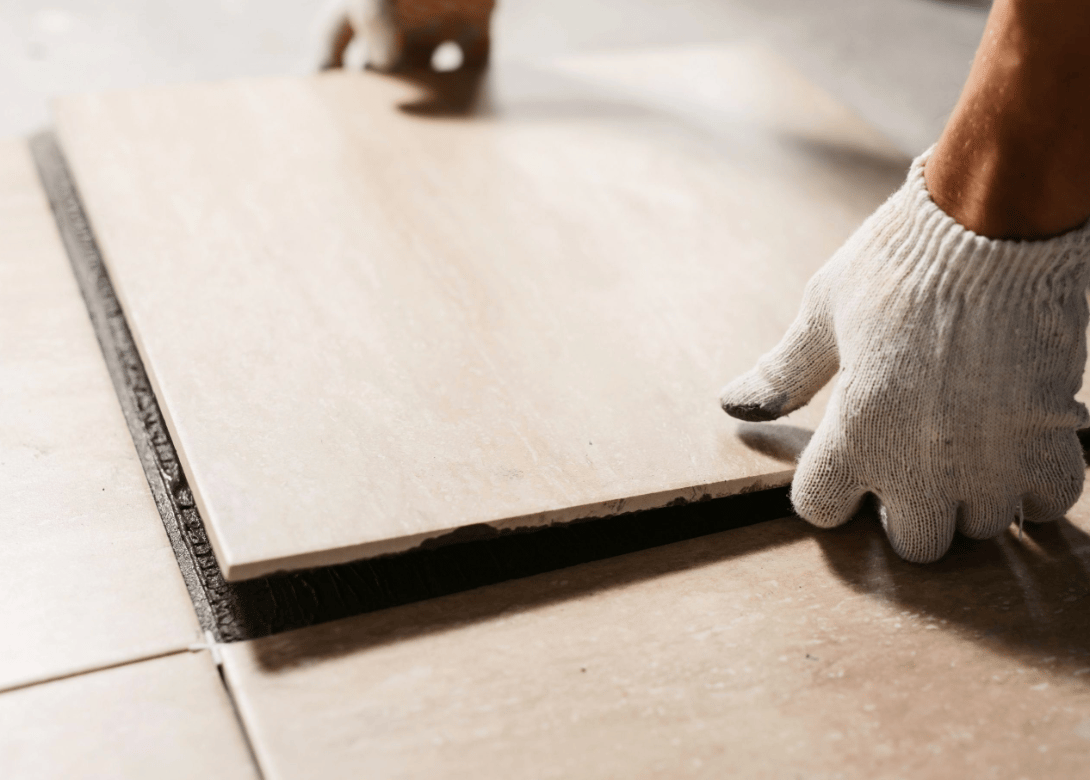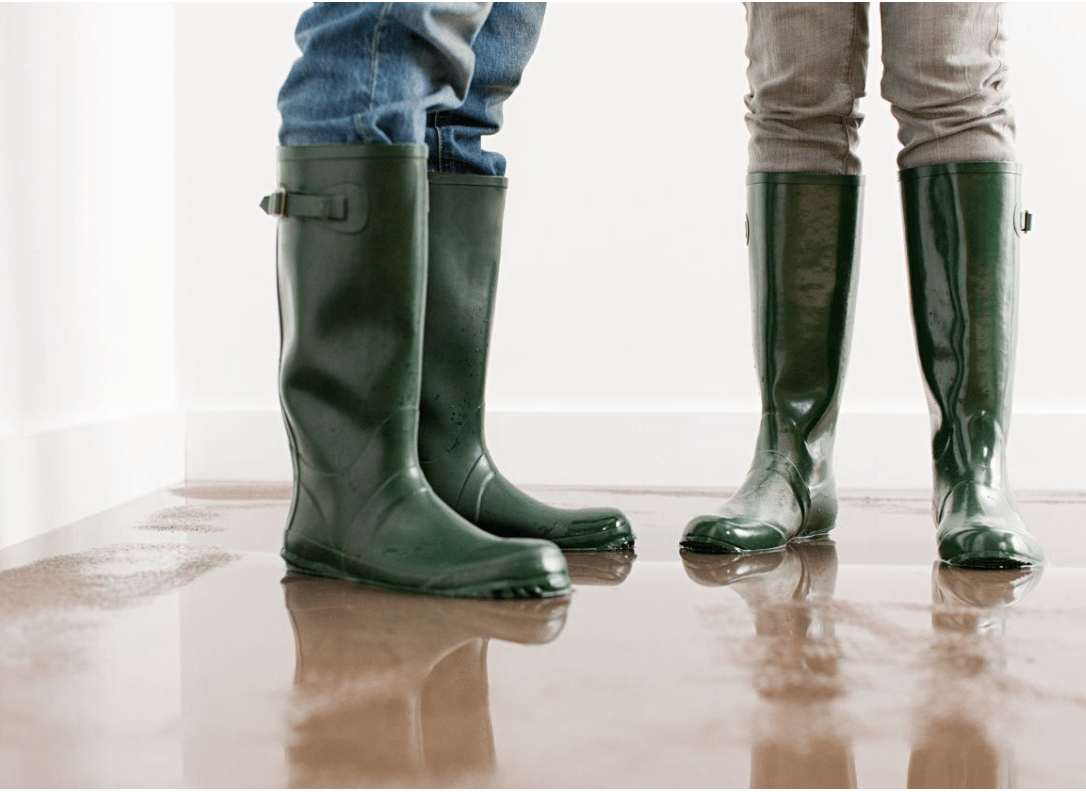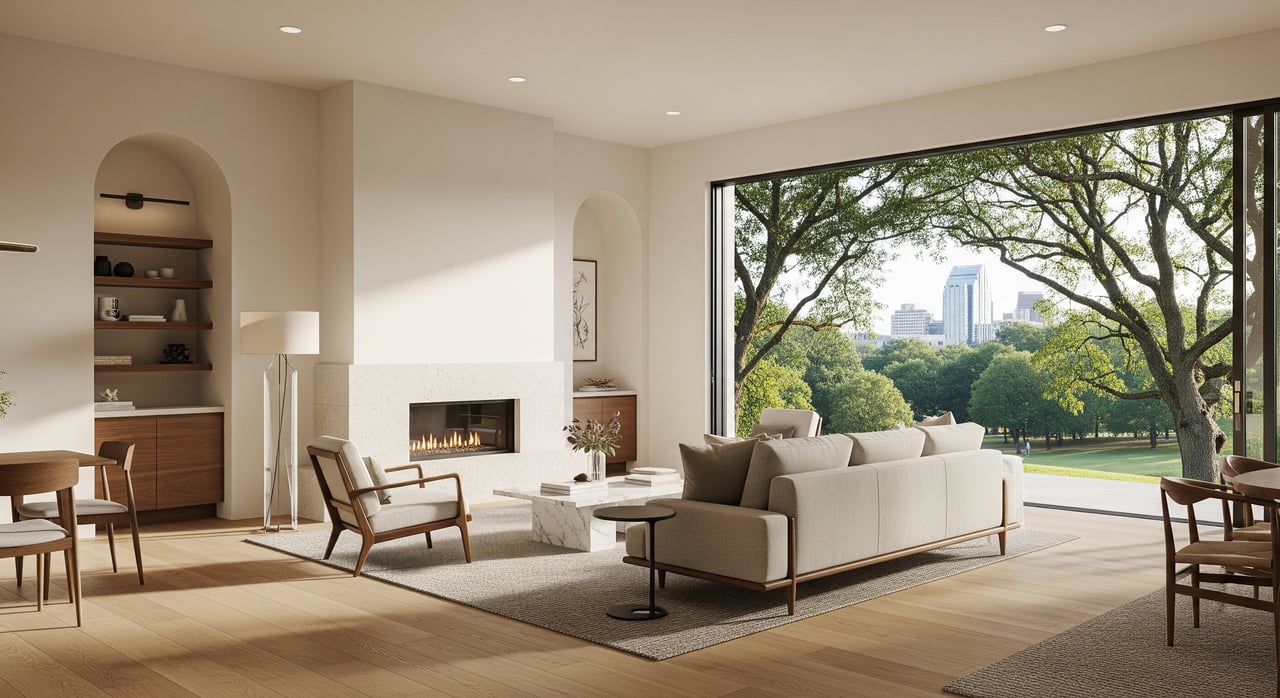


flooring RIS updated December 1, 2024
Should You Replace Your Carpet with Tile Flooring? 🏠✨
Is your carpet looking a little worse for wear after years of foot traffic, pet stains, and spills? If you’re thinking about replacing it, consider whether tile might be a better option for your home. Tile has some great benefits, but it also comes with a few downsides compared to carpet. Let’s take a look at the pros and cons to help you decide.
Carpet can be a maintenance nightmare, especially if you have kids, pets, or high foot traffic. Regular vacuuming helps with dirt and dust, but it doesn’t always eliminate allergens or ground-in dirt. Plus, carpet requires periodic deep cleaning to remove stains and odors.
Tile, on the other hand, is much easier to care for. A quick sweep and mop is all it takes to keep it looking clean and fresh—no deep cleaning needed!
If someone in your family suffers from allergies or asthma, carpet can trap dust, pet dander, and other allergens that affect air quality. Tile doesn’t absorb or trap these allergens, making it a healthier choice for breathing easy in your home. If you’re looking to create a cleaner, allergy-friendly environment, tile could be a great solution.
If you have pets or young children, you know how easily carpet can get damaged. Pet nails can leave scratches, and spills—whether it’s food, drink, or paint—can leave stains that are tough to get rid of.
Tile is much more resilient and easy to clean. It’s less likely to get damaged by everyday wear and tear, and spills can be wiped up in seconds, keeping your floors looking fresh.
One of the best things about tile is its versatility. From sleek modern designs to traditional patterns, tile comes in a huge variety of colors, textures, and styles. If you love the look of wood floors but not the price tag, you can find tile that mimics the look of hardwood perfectly. Tile can fit any aesthetic and elevate your home’s design.
While tile is easy to clean and maintain, it’s not quite as cozy as carpet. If you enjoy the soft, plush feel of carpet beneath your feet, tile might feel a bit cold and hard in comparison. But don’t worry—you can still add warmth and comfort with area rugs or runners in high-traffic areas.
If you’re replacing carpet on an upper level with tile, consider how the sound might travel. Carpet does a great job of absorbing noise, so footsteps on the upper floors are quieter. Tile, however, can make those footsteps much more noticeable, which could be bothersome to anyone downstairs. If noise is a concern, consider adding rugs or padding under the tile to reduce sound.
There’s no one-size-fits-all answer when it comes to flooring. Both tile and carpet have their own benefits and drawbacks. Think about your family’s lifestyle, maintenance preferences, and design needs when making your decision. Whether you choose the durability and style of tile or the comfort of carpet, make sure the flooring you choose suits your home and lifestyle.
Want to talk through your options? Drop a comment below or reach out—we’re here to help you make the best choice for your home! 🏡✨ #HomeRenovation #FlooringIdeas #TileFlooring #CarpetAlternatives #HomeImprovement
Stay up to date on the latest real estate trends.

DIY
Save Time on DIY: The Best Home Improvement Productivity Hacks for Busy Homeowners



Greenville
Discover the Best Neighborhoods, Lifestyle Perks & Economic Growth Driving Greenville’s Rising Demand

Hendersonville
⭐ Why Hendersonville Is One of Western NC’s Most Desirable Luxury Markets

Asheville
⭐ Why Asheville Is One of the Most Sought-After Luxury Markets in the Southeast


Flooding
Stay Safe and Secure: Essential Flooding Steps for Homeowners in North and South Carolina
